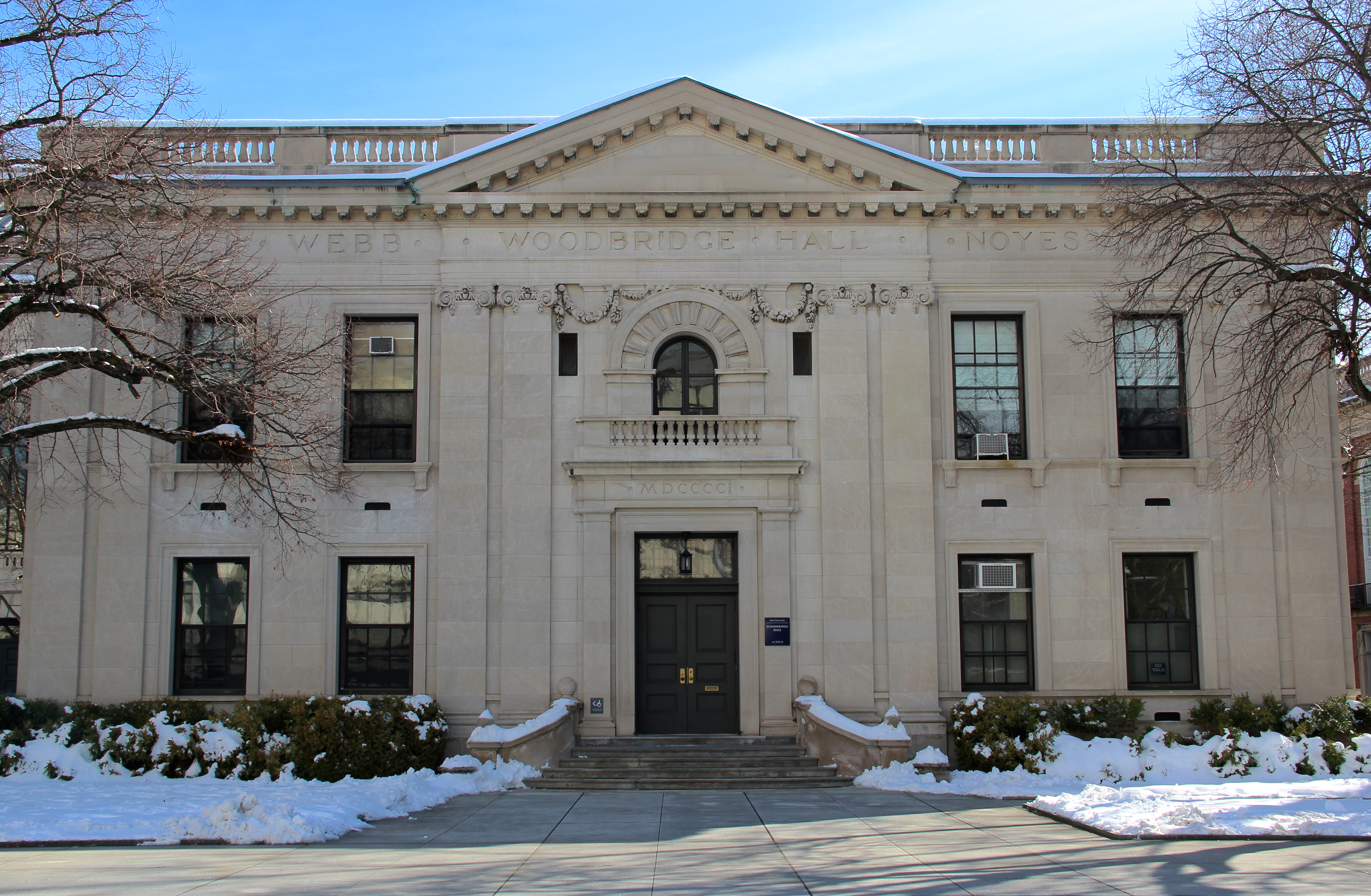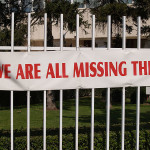by Ellie Pritchett
On November 5, about fifty Yalies of color met with President Peter Salovey. This is an article about what happened in that room. But really,
this is an article about pain;
this is an article about trauma;
this is an article about death.
***
“You get the sense you shouldn’t be there,” Jamie Hobson, a junior in Davenport, says of the austere room in Woodbridge Hall where the meeting was held, a room lined with full-length portraits of white men in powdered wigs staring down at you as you sit at the conference table.
Again and again, as had been happening all that Thursday, students broke down under the weight of the emotions they were trying to convey. As Jamie Hobson, a junior in Davenport, sees it, people of color “relate their lives through empathy,” and so they tried, and have been trying, to reach people by getting them to feel what they feel, by telling their stories.
According to Jordan Coley, a junior in Saybrook, the first speaker told Salovey he “should be ashamed” that he didn’t even think to respond to two blatant examples of racism on campus. As Jordan and Jamie both recount, students talked about how emotional the confrontation with Christakis, just hours before, had been.
One student told Salovey about how, just as Erika Christakis’s email had said to do, she had approached a man wearing a headdress on Halloween to tell him how offensive it was, especially to her as a Native American. But the response she got wasn’t one of understanding; she was harassed and threatened and told that she meant nothing.
But apart from these examples, Jamie reaffirms, students hardly mentioned the Christakises or SAE at all, trying to show again and again that experiencing racism on campus is a weekly and daily struggle for people of color at Yale.
Students also strove to explain the difference between integration and inclusivity—this school may be integrated, but it isn’t inclusive. Being inclusive would involve all people of color feeling welcomed and at home here. The administration can acknowledge something, Jamie says, an event or a common occurrence, without admitting to its own culpability. “I don’t think it’s hard to send an email!” she says. The distinction between acknowledgement and admission is one of the things that separates how an integrated versus an inclusive campus would respond to what happened on campus.
Lex Barlowe, the president of the Black Student Alliance at Yale (BSAY), handed out copies of the list of demands that BSAY had written in its meeting two days before, and insisted that Salovey read them, right then and right there, insisting that he be held accountable for his actions and that he listen to her on her own terms.
Hobson says holding Salovey accountable for his actions and his promises was a common theme throughout the meeting; about 2 hours in, she remembers insisting, “I need you to recap this, what are you getting out of this?” She says she knows he was listening with open ears, but she also says that when she left, she was completely unsure how much Salovey had actually been moved by their appeals and requests.
Everyone was breaking down. It was like the walls were coming down. Jamie says the tipping point for her, when she really started crying, was when one girl said that she hated that she was crying in front of Salovey because her mother always told her that it meant she was weak.
Everything that’s been happening on this campus, every confrontation, has been an exposure to trauma. It isn’t about the President being open to listening to demands from students of color—it’s about how absolutely insane it is that to be heard we have to cry. As Jamie puts it, to be humanized, we have to cry. For people to understand and to believe that we are in pain, we have to cry. Why isn’t it enough for a woman of color to tell you that she is in pain and she needs you to start doing something about it to believe her?
In the aftermath of this meeting, in the aftermath of this day, there was madness. There were girls sprawled out on the floor of the Afro-American Cultural Center, weeping. There were women locking themselves in basement rooms to scream. Jamie recalls two freshman girls from her Cultural Connections group who walked into the House, saw Jamie, and collapsed, sobbing, having just had a man on the street shout “What up, niggers?” at them while they were walking.
“No one wanted to leave the House,” Jordan remembers. “It felt like the end of days.”
Even inside Woodbridge Hall, when student after student was breaking down in tears telling their stories, the prevailing sentiment aimed at Salovey was “You do not deserve these tears.” The tears come on their own, but you do not deserve this reaction from me. You do not deserve to see me vulnerable. You deserve nothing from me until you show me you respect me.
When Lex noted her own anguish at the history of Black student leaders dying early, and that it’s her fate as president of BSAY, Salovey didn’t deny it. He confirmed her early death. He knew it had been happening and but never thought to do anything about it. And he didn’t suggest to do anything about Lex’s early death either. “That is wild,” Jamie says; we can’t take that.
It all started innocently enough—a chalking event organized by BSAY to draw positive and affirming messages to women of color on the steps of Sterling. When Dean Holloway appeared, the event became a plea, and for two and a half hours, students of color asked with Holloway to give them an acknowledgment, write them an email, do something about the pervasive misogynoir on this campus.
And then the chalking event moved to Silliman’s courtyard to do the same thing: chalk affirmative messages on the pavement. The chalking in Silliman became a confrontation and another plea when Christakis started going up to students and talking to them condescendingly, prompting students to attempt once again to get through to him about why his attitude and actions were disrespectful and hurtful.
All they wanted was an apology, but he gave none, and all they got was tears—tears, and the pervasive sense that you mean nothing to this place, and no matter how many tears you shed, no matter how eloquently you describe how you feel, Yale administrators are going to maintain the power they have over you to oppress you and invalidate the pain you know you feel.
And to top off this long day of crying, in the austere, wood-paneled conference room, full-length portraits of white eighteenth-century men in powdered wigs stared down at a table ringed with chairs inscribed with the names of the powerful and elusive Yale Corporation.
It was in these chairs that the students of color, voicing the lack of inclusivity in the university had to sit, facing the administrators at the head of the table, in a room that even Salovey had to admit was an odd one for the meeting at hand. As he said in his opening remarks, according to Jamie, none of the men in the portraits would have wanted anyone in the room at Yale, including himself, being Jewish.
Outside Woodbridge Hall, the exhausted group of student activists became music, “an acknowledgment of how unique this experience was,” as Jamie puts it. “It was something you have to write down so you can put it in your biography later,” she said more than once of the meeting and the aftermath, which Jordan calls “cinematic.” Native Americans students sang and prayed, and the group danced to Kendrick Lamar’s “Alright.”
But when will we finally be alright?

